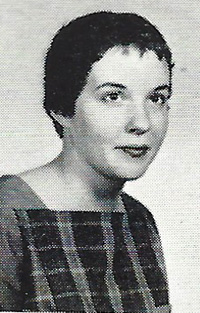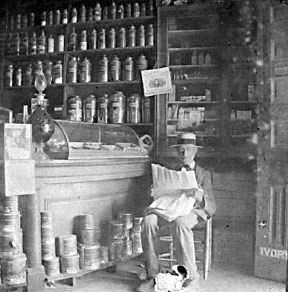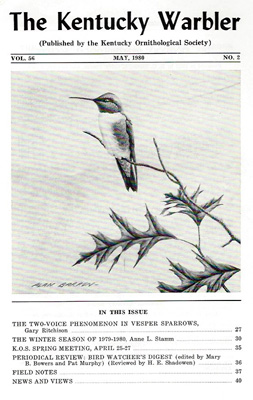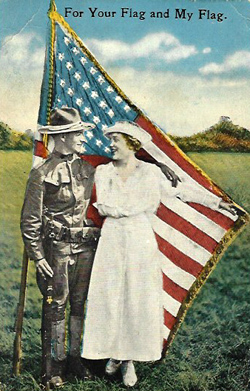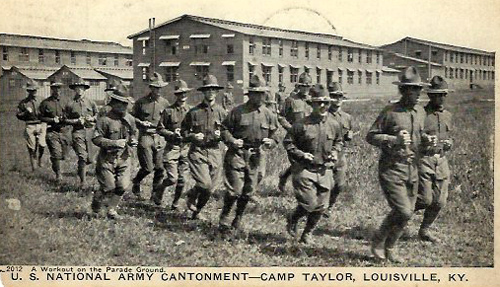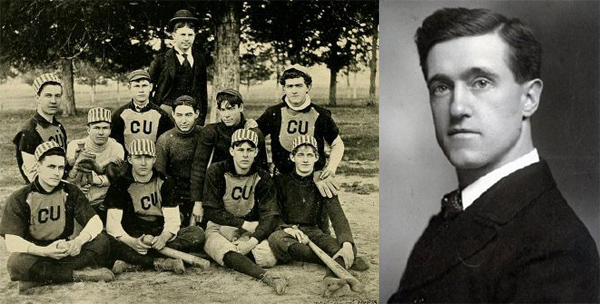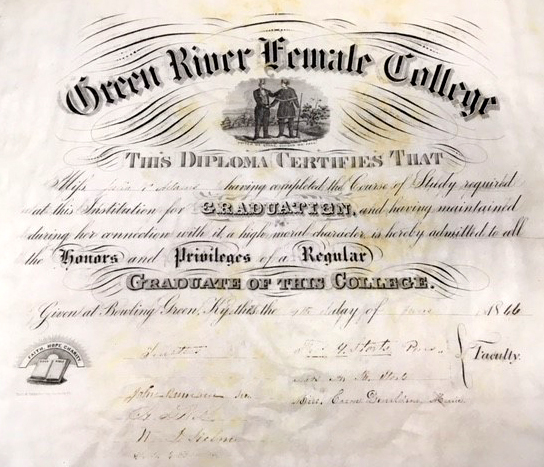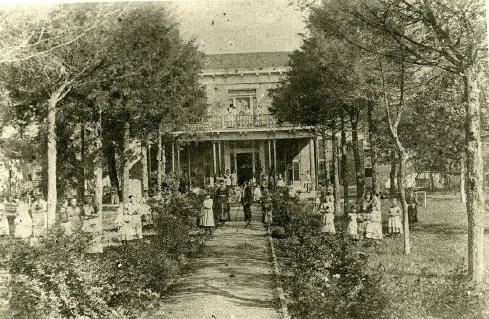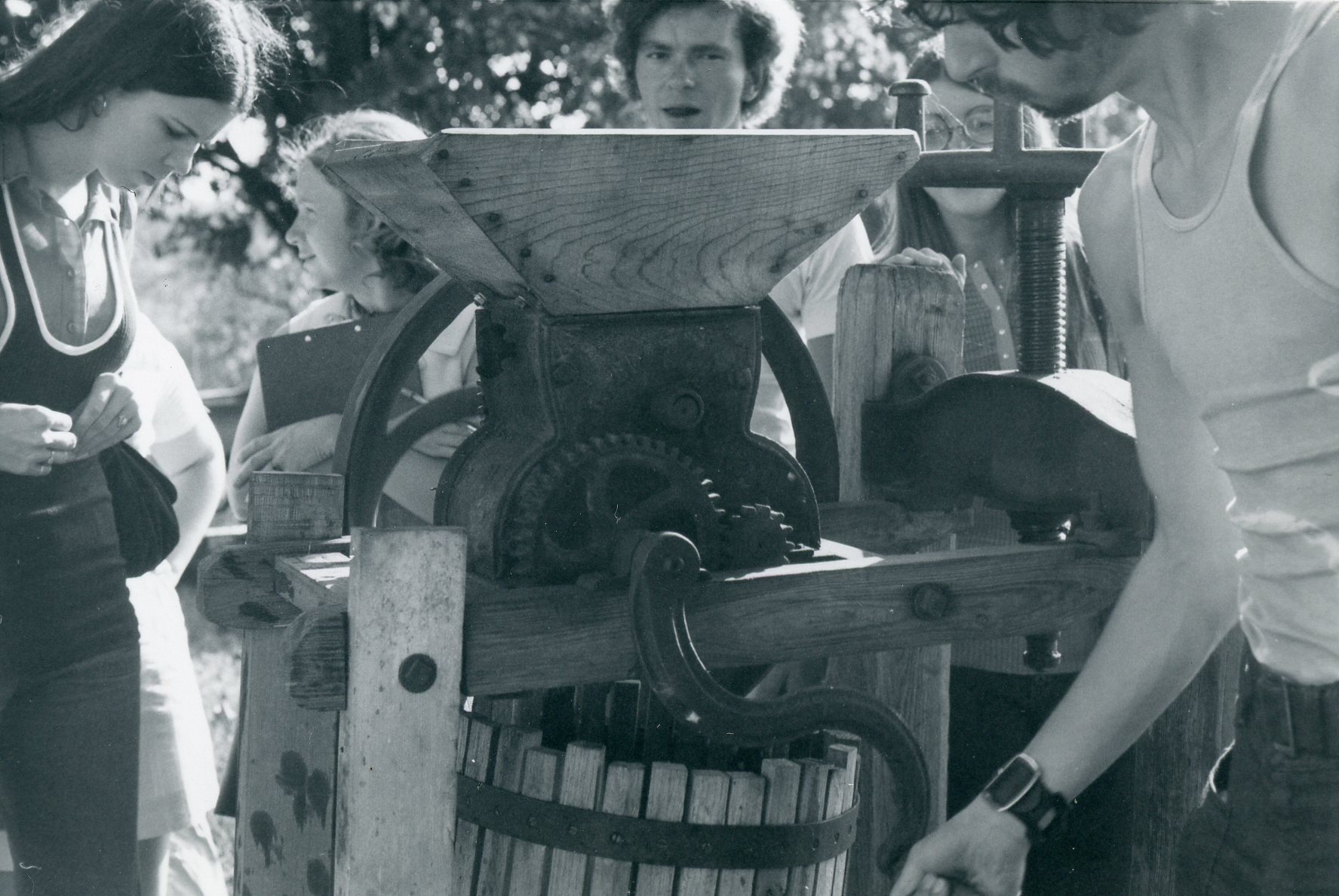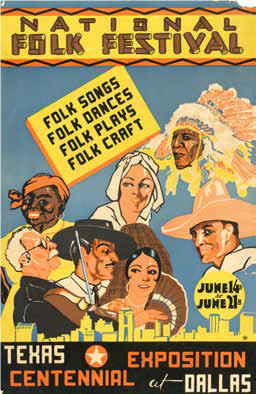
Window card for the 1936 National Folk Festival
Sarah Gertrude Knott knew how to set a stage.
Born in Kevil, Kentucky in 1895, Knott was no stranger to the deeply rooted folkways of small southern towns, but it was the siren’s song of the small stage and the silver screen that called her west. In St. Louis, Knott served as a member in a local theatre guild, The Dramatic League. It was in this space—surrounded by vaudeville performers, snake handlers, comedians, and musicians—where Knott first found inspiration for what would later become the National Folk Festival (NFF).
Having received funding from the National Council for the Traditional Arts, the first festival was held in St. Louis in 1934 at a time when the country was still in the economic throes of the Great Depression. In her 1946 article titled “The National Folk Festival after Twelve Years,” Knott remembers that at the time of its inception, “folk beliefs, legends, superstitions, folk songs, music, and dances were considered ‘crude relics of an outlived past.’” Seeking to redefine what constituted “American” folklore, Knott used her critically creative eye to frame (and stage!) folklife traditions in a way that underscored their relevance to a contemporary audience in a contemporary space. After World War II, when the United States saw an influx in immigration numbers, Knott’s vision sought to include performances from “Scandinavians, Italians, Jews, Bulgarians, Chinese, Finns, Rumanians, Filipinos, Portuguese, Russians, Czechoslovakians, Poles, Spaniards, and Lithuanians.” While the idea of the United States as a melting pot may be idealized, Knott was determined to give equitable recognition to cultures and communities that were beginning to blossom, and flourish, during the early 20th century.
The new addition in the Department of Library Special Collections accentuates Knott’s expansive collection held in DLSC’s Folklife Archives is a “visually striking (and somewhat disconcerting) promotional window card for the third annual National Folk Festival.” The NFF, hosted in conjunction with the Texas Centennial Exposition in 1936, was the final festival in a year-long string of celebratory events sponsored by the State Board of Education and Departments of Recreation in the Lone Star State. While Knott was primarily concerned with incorporating representatives of Texas’ diverse ethnic population into the program—such as the Kiowa and Tigua tribes and members of Mexican and Spanish communities—Anglo and African American performers dominated the stages.
As with most folkloristic programs related to performance and presentation, the NFF was not without its faults. Knott was often accused of allowing her own aesthetic and theatric interpretations to overshadow the artistic expressions of the tradition bearers, and sometimes these arrangements could lean toward stereotypical representations of ethnic identities. However, Knott’s commitment towards emphasizing the relevance and significance of folkways should not be overlooked. Knott concludes her article on a note of hope when she writes, “Our national culture is being woven from the warp and woof of the variegated color strains of many nations. No one would want to dull the richness of that pattern. How bleak indeed would be the cultural outlook for the future if we overlooked the distinctive, individual cultures in a universal, standardized, regimented culture!”
To visit the WKU Manuscripts and Folklife Archives website, click here!
Post written by WKU Folk Studies graduate student Delainey Bowers

